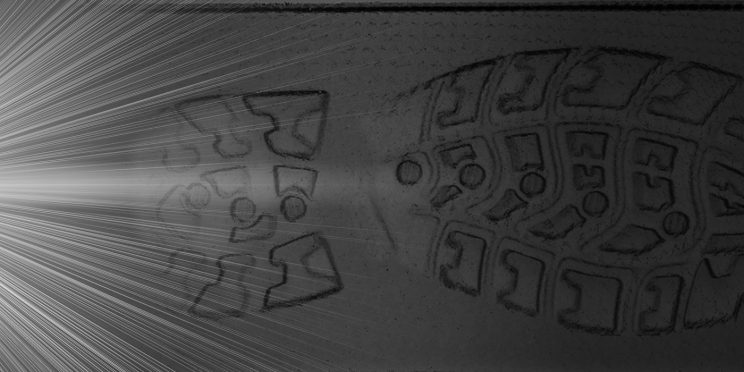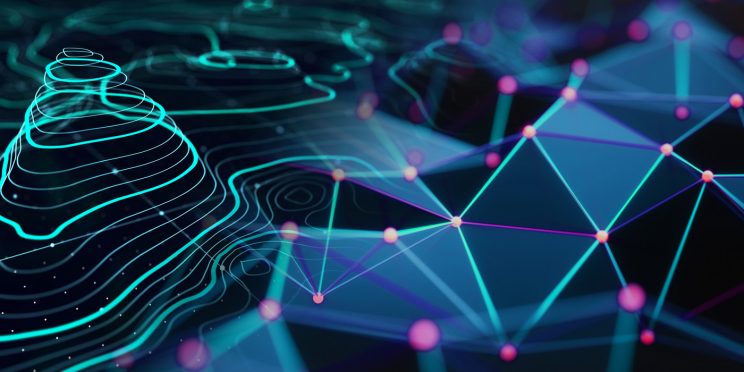Overview
Originally presented at the 2015 Impression, Pattern and Trace Evidence Symposium.
One of the Daubert prongs of admissibility for scientific expert testimony is the known or potential error rate of a technique. Thus, examiners are often asked about the discipline error rate on the stand. Numerous error rate studies have been undertaken in an attempt to provide this number. But just what is really sought? What are the different types of error rates? How are they calculated and what do they mean? This lecture will describe some commonly reported error rates for pattern evidence, and will demonstrate how to calculate them.
A certificate of completion is available for all who register and attend this webinar.
Presenter
- Heidi Eldridge
Funding for this Forensic Technology Center of Excellence webinar has been provided by the National Institute of Justice, Office of Justice Programs, U.S. Department of Justice.
The opinions, findings, and conclusions or recommendations expressed in this webinar are those of the presenter(s) and do not necessarily reflect those of the U.S. Department of Justice.
Contact us at ForensicCOE@rti.org with any questions and subscribe to our newsletter for notifications.




